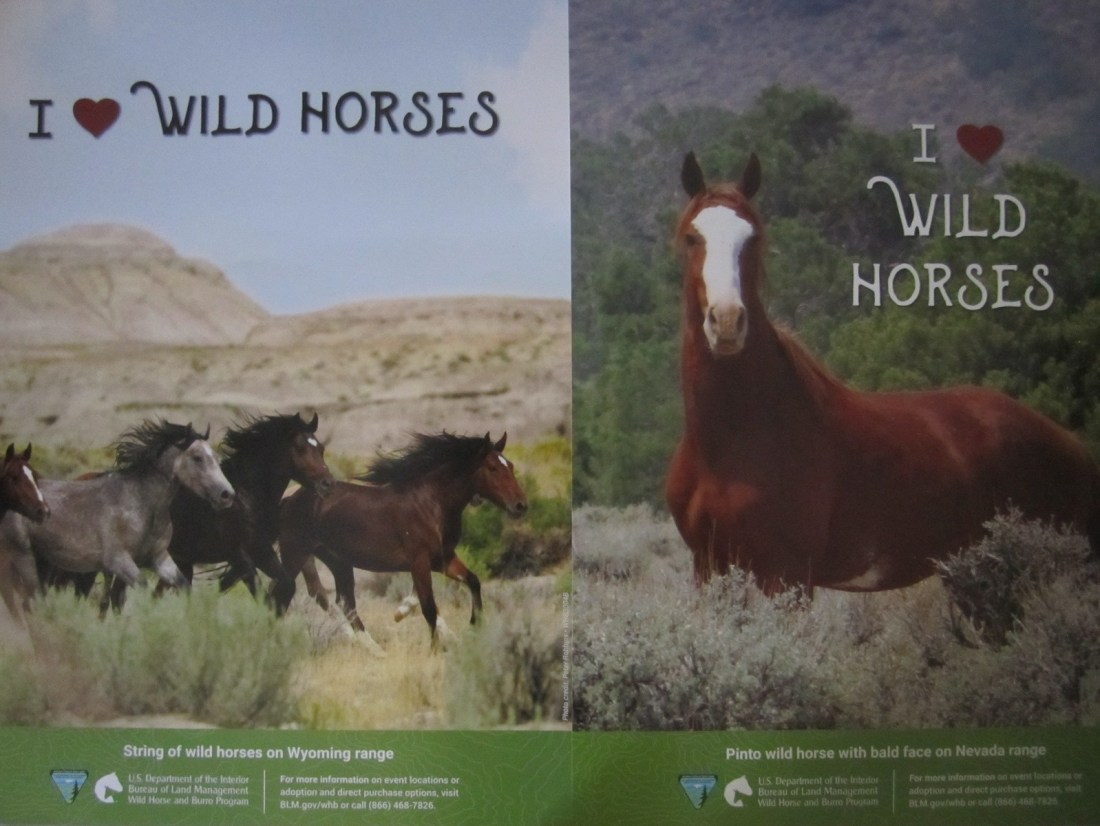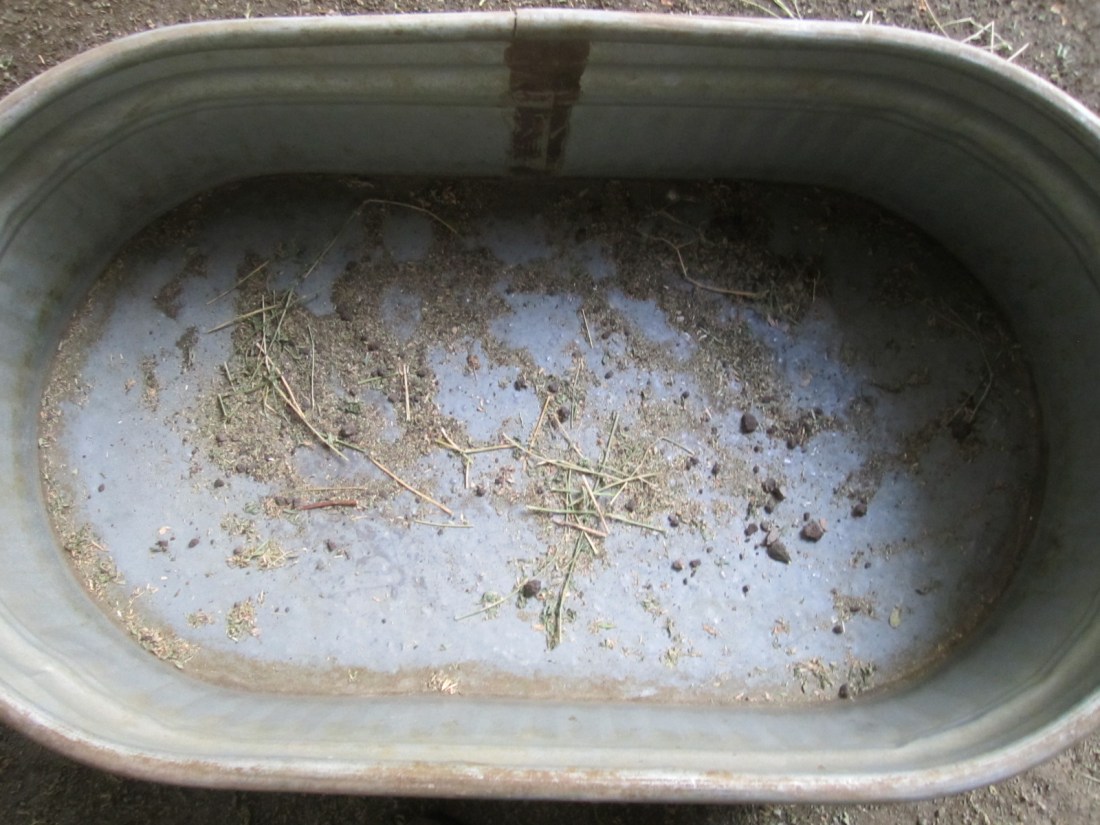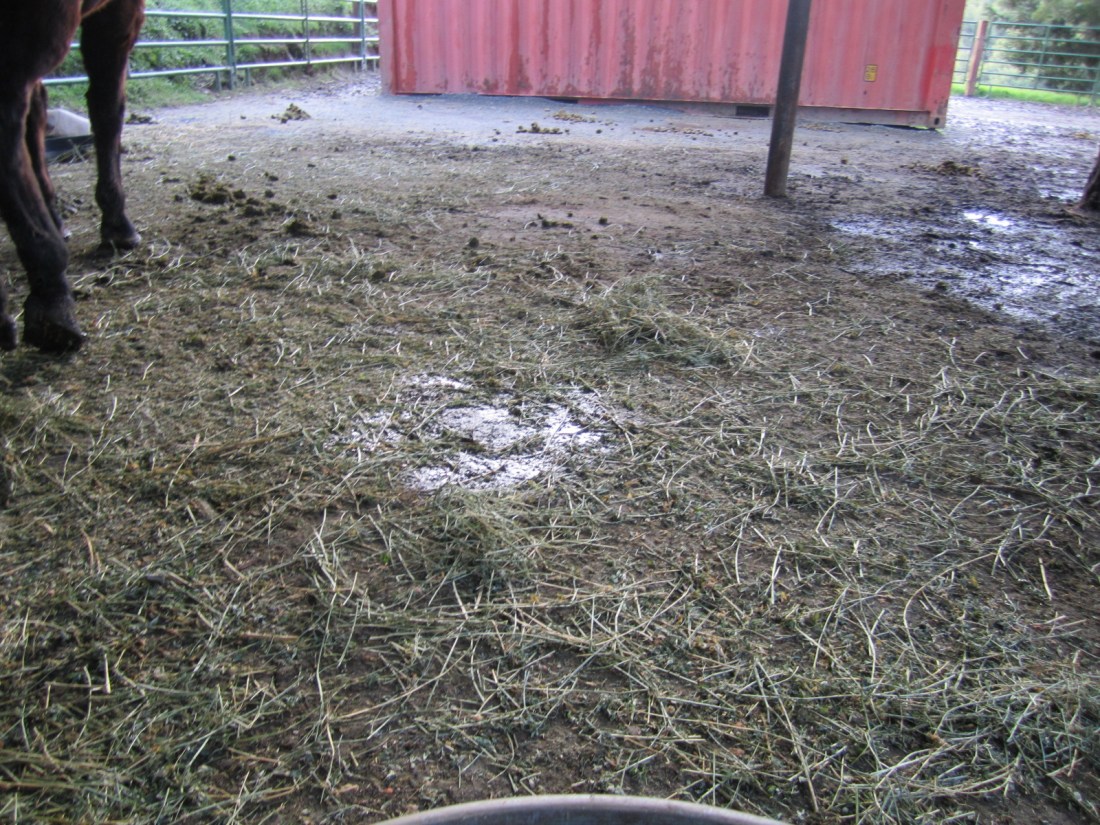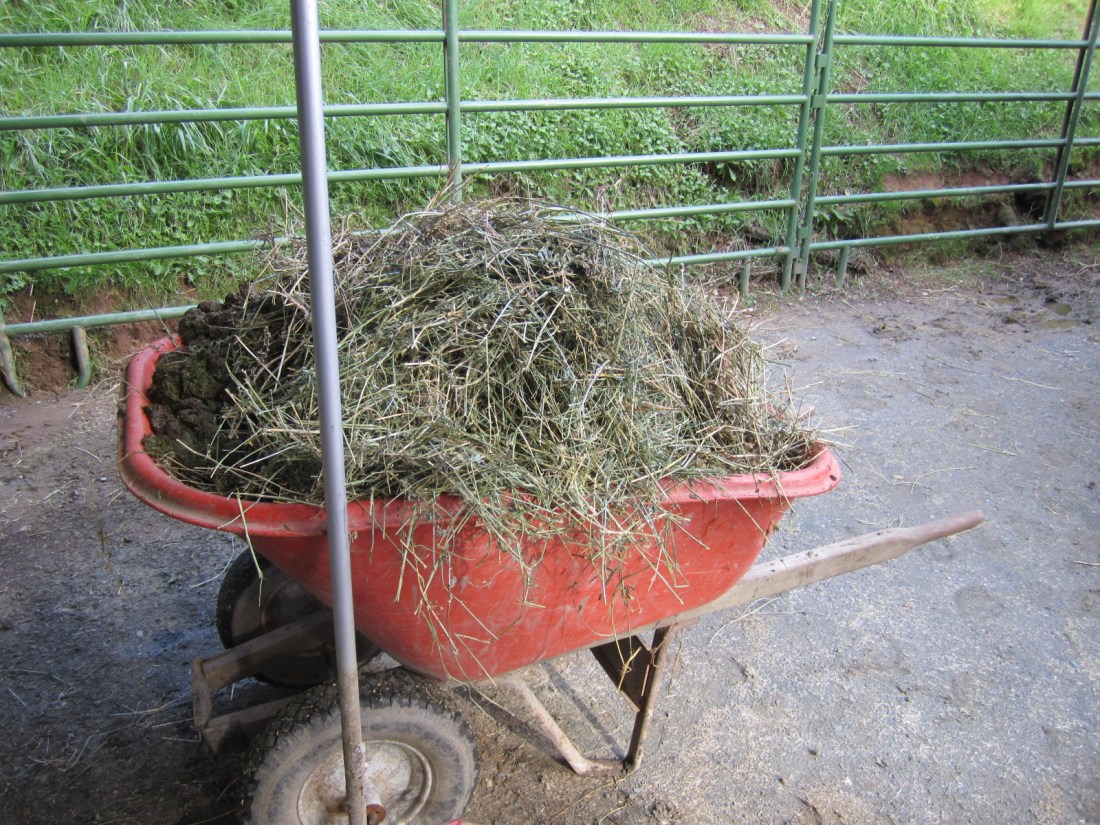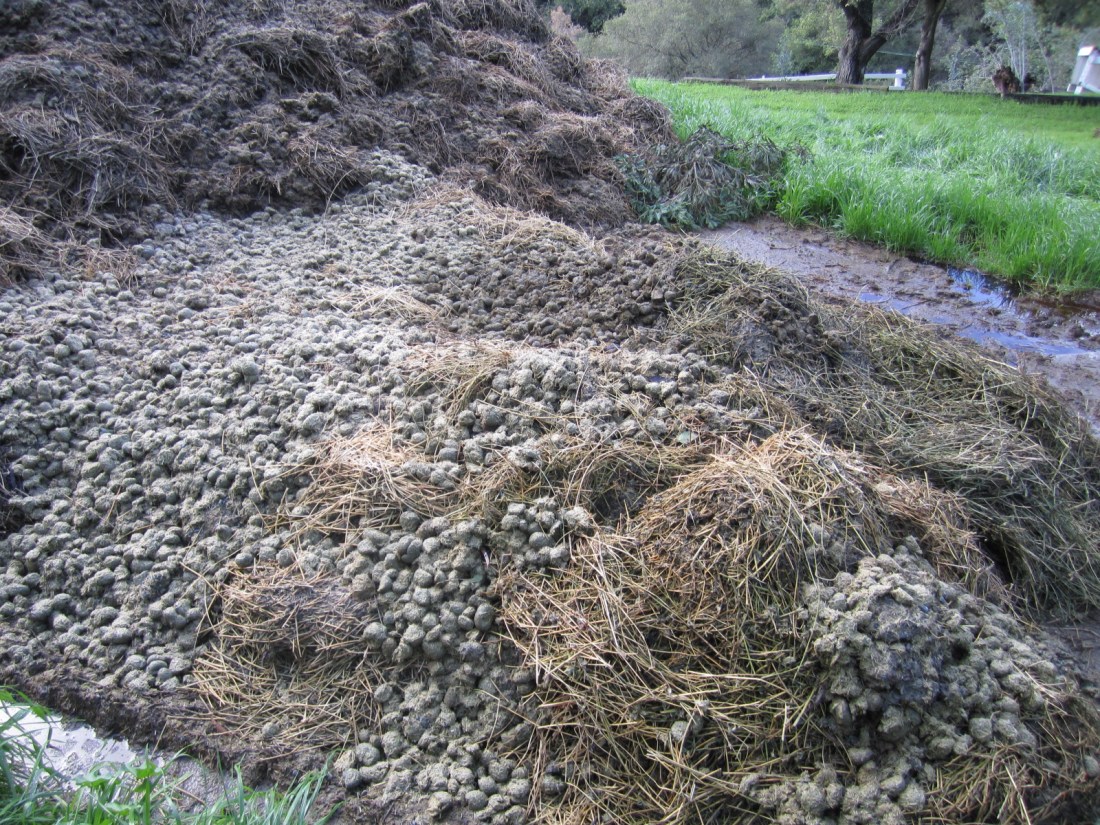Today the BLM authorized the removal of 213 wild horses from the North Hills JMA in southwestern Utah. The roundup would occur later this year.
The area, consisting of the North Hills HMA and North Hills WHT, is managed jointly by the BLM and Forest Service. It is northwest of Enterprise.

The roundup would restore a balance between the horses and other public land resources, according to the news release. Given that livestock grazing occurs on the HMA (but not on the WHT), those resources are probably cattle or sheep.
The distribution of AUMs among the inhabitants of the JMA was not provided in the announcement but odds are that the lion’s share goes to livestock, with some crumbs going to horses and wildlife.
Never mind that the land was set aside for the horses.
RELATED: Wild Horse Overpopulation?, Livestock Grazing in Utah.
UPDATE: Added chart from page 28 in the Decision Record.

Wild horse AUM consumption, pre-gather, is about 3,000 AUMs per year. Post-gather AUM consumption will be 500 AUMs annually, assuming forty horses remain on the HMA (which puts the herd in the ‘Not Genetically Viable’ category).

